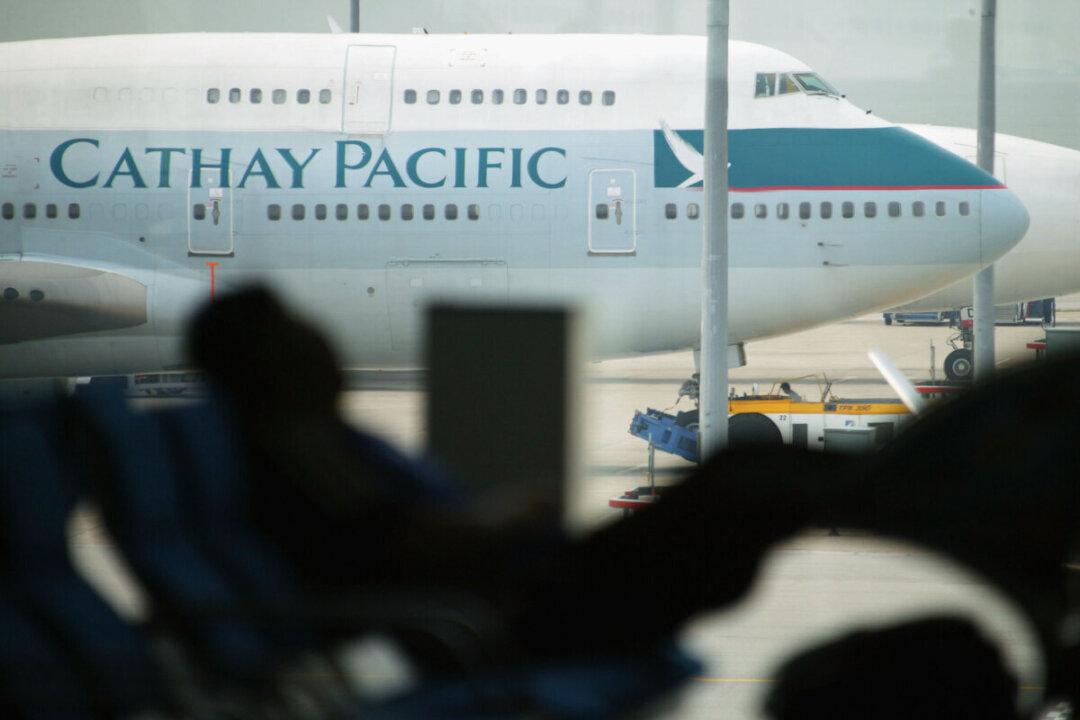AustralianSuper, the country’s largest superannuation fund, has been slapped with a Federal Court action after allegedly failing to consolidate thousands of duplicate accounts, costing members $69 million in fees.
The Australian Securities and Investments Commission (ASIC) filed legal action accusing AustralianSuper of not having the right policies and procedures to identify—and merge—multiple accounts held by about 90,000 members.




